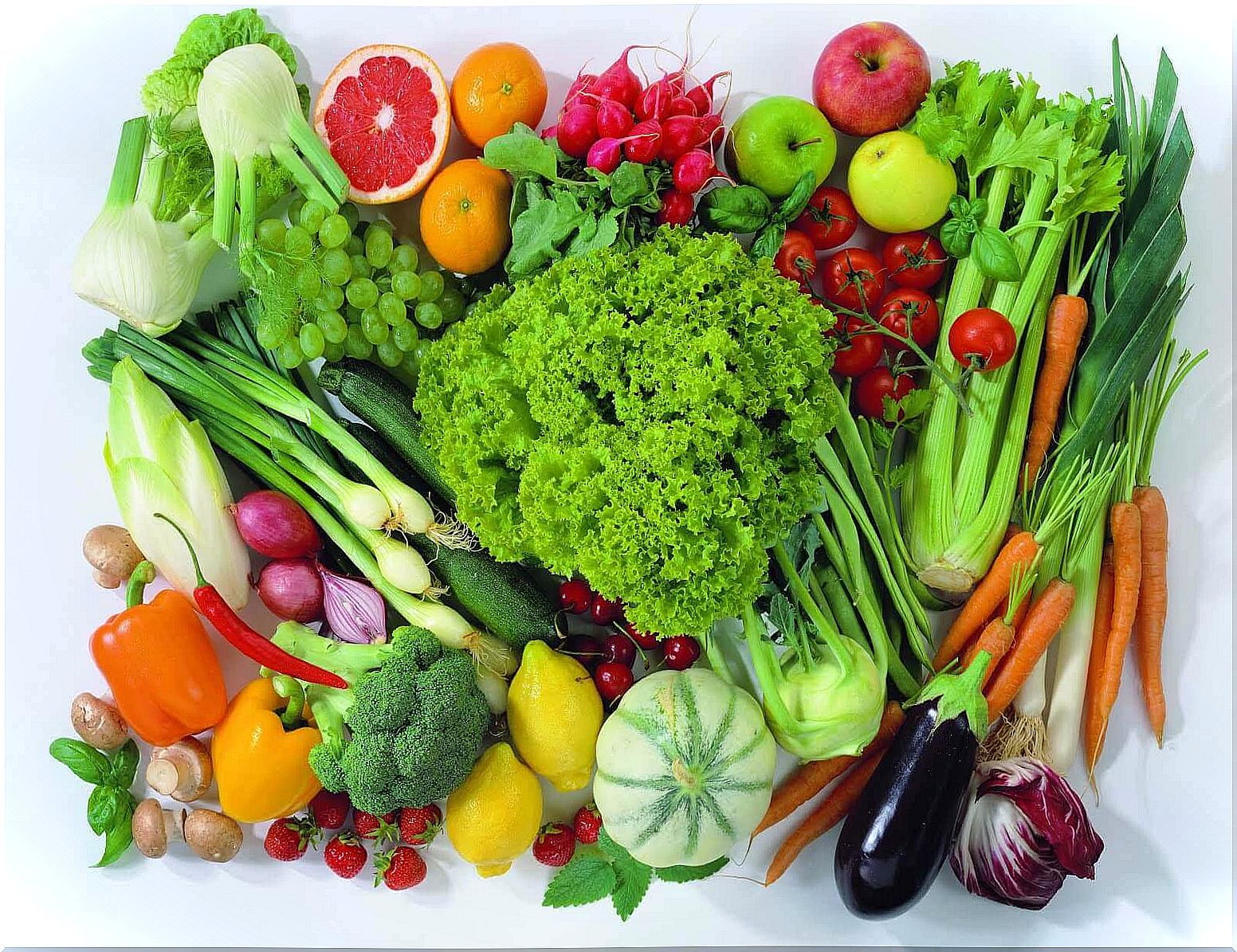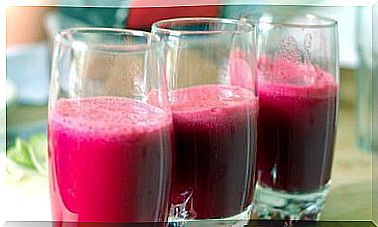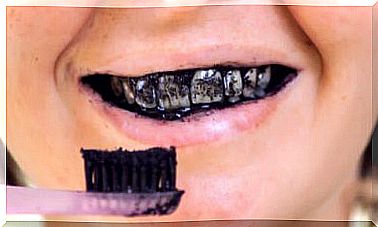6 Tips For A Low-salt Diet
In order to reduce salt consumption, it is advisable to cook at home and not eat ready-made meals or fast food. These contain tons of salt.

Experts have long been discussing how high our daily salt needs should be. The fact is, even if salt is our best source of sodium, most people would get by on a lot less. Learn more about a low-salt diet below .
Because a low salt consumption has a positive effect on your health. This is how you can reduce your risk of high blood pressure with a low-salt diet . In addition, heart, kidneys and bones can be spared in this way.
1. Cook at home
Restaurants or catering services often use high amounts of salt. If you want to reduce your salt intake, you should cook at home as often as possible. This is a good way of controlling the exact amount.
If you don’t have the time or you don’t want to cook every evening, you can pre-cook for the week on the weekend or at any other convenient time. You then simply freeze the prepared food until you want to use it.
2. Eat lots of fruits and vegetables

If you have a hard time leaving the salt shaker in the pantry, try adding more fruits and vegetables to your diet. They are high in potassium and research has shown that foods rich in potassium reduce the effects of sodium.
The blood pressure is also reduced and the blood vessels are less dilated. Therefore, if you want to neutralize the negative effects of sodium, plan the following foods rich in potassium in your diet:
- Oranges
- Bananas
- Potatoes
- tomatoes
- dried apricots
- melon
- Beans
3. Reduce gradually
There is no need to radically remove salt from our diet. You can gradually reduce the consumption by 25% so that the restriction is hardly noticeable.
It has also been scientifically proven that salt consumption is a matter of getting used to: the more we consume, the more we get used to it.
4. Look at the nutritional information
The best solution is to only bring fresh produce to the table and not to eat ready-made meals. However, if you cannot or do not want to do without it, it is best to take a close look at the nutritional information: buy low-salt products for a low-salt diet.
Pay particular attention to the information on the products that are consumed most frequently, such as:
- salted baked goods
- water
- sausage
- loaf
- cheese
- Ham etc.
5. Eat unsalted products
It is not necessary to go without all ready-made products in order to keep sodium levels in check. Cook soups, stews, or other dishes without salt. You can always add some salt afterwards, but not excessively.
Also note that frozen vegetables contain less salt, as do dried legumes and canned vegetables.
6. Use fresh herbs and spices for a low-salt diet

Salt enhances the taste of dishes. However, this does not mean that salt also makes dishes tastier. Try to make your dishes tastier with spices and fresh herbs and thus save on salt. Give a special flavor, for example:
- curry
- pepper
- thyme
- garlic
- onion









